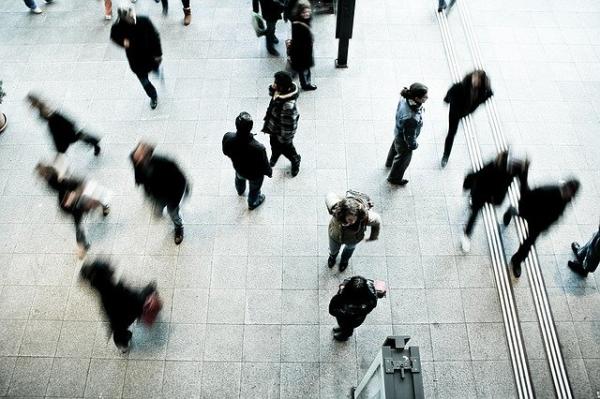Tyler Cowen, an economist, was discussing the differences in economic and epidemiologic models. One factor that economists frequently consider is termed elasticity. A simple example, the fundamental economic belief that supply and demand (as measured by price) are inversely related - as supply increases, the price diminishes, and as the supply decreases, the price increases. We need to look no further than price-gouging for N95 masks or toilet paper during the days of COVID-19 as an example. But economists take this fundamental relationship one step further recognizing that for some, the price of toilet paper is more elastic, they are willing to spend more than others, or they may be less elastic, unwilling to pay a cent more. (Perhaps they have a bidet.)
Epidemiologic models do not take elasticity, and we can call it by its more common name, human behavior, into account. The math of epidemics, for the most part, involves variables that act upon one another, but not with one another. That may well explain some of the discrepancies in the pandemic models. For example, based on the biologic behavior of infections, higher population density increases the opportunity and, therefore, the propensity for the disease to spread for any given R0.
Consider the outbreak of COVID-19 in Westchester County, just north of NYC. It was one of the first hotspots identified. Track and trace concluded that one or two individuals meeting in population-dense gatherings were responsible for the subsequent outbreak. You can blame that on culture or lack of knowledge, but it was our behavior that impacted the rate of infectivity.
In the real world, population density is impacted by the elasticity of human behavior – in this instance, the rapid adoption of social distancing. If you look at the behavioral response of countries acknowledged for quickly “flattening the curve” with social distancing and track and trace, Hong Kong, and Singapore are the usual suspects, their response was different than ours. In part, because they had already been primed by a “close call” experience with SARS. It is not that “the virus” had different infectivity or biologic behavior in those countries; it is because of their human response, unaccounted for in the epidemiologic models, altered the outcome significantly.
A return to social mingling
Given this understanding, it is a logical conclusion that human behavior will be the unmeasured variable in the models constructed for a “return to normal.” The most straightforward example offered by the media, are the cultural memes among Western countries, emphasizing the individual over the collective concerning societal good and privacy concerns. Singapore is believed, in some monotonic way, to be “all in” on digital track and trace. But the data shows that Singapore’s human response is varied, with only 20% of a reasonably regimented population downloading the necessary app.
More to the point. Ask yourself these questions.
- Who do you trust to deliver the “all-clear?”
- When will you feel comfortable eating in a restaurant, where the tables are three feet apart?
- When will you return to a movie theater, and how will you respond when someone sits down one seat away from you?
- Will you drive or walk to work instead of taking mass transit?
- What will make you feel safe?
No matter what model policymakers use in finding a way to end social distancing, our behavior will be difficult to predict and will make the assumptions and predictions of those models inaccurate and unreliable. Models contain simplifying assumptions that rarely hold in the real world; our human response is probably the least predictable and makes all models useful, but all models wrong.




